What to Know About Grease Trap Service
When it comes to maintaining a clean and functional commercial kitchen, few things are as important — and often overlooked — as your grease trap. Whether you run a busy restaurant, a school cafeteria, or a commercial food facility, understanding the basics of grease trap service can save you time, money, and major plumbing headaches down the road.
Grease traps are essential devices that capture fats, oils, and grease (commonly referred to as FOG) before they enter your plumbing system. Over time, these substances can accumulate, clog pipes, cause foul odors, and even lead to costly shutdowns. Regular grease trap service is not just a best practice — it’s often required by local regulations to prevent environmental damage and protect municipal sewer systems.
In this blog, we’ll walk you through what a grease trap does, why regular maintenance matters, signs it’s time for a cleaning, and what to expect during a professional service. Whether you’re new to commercial kitchen ownership or simply looking to stay ahead of maintenance, here’s everything you need to know about grease trap service.
How Grease Traps Work
Grease traps are simple yet ingenious devices installed in the wastewater drainage system of commercial kitchens. Their job is to intercept FOG before it flows into the main sewer line. Since grease and oil are lighter than water, they float to the top of the trap, while heavier food particles sink to the bottom. The cleaner water in the middle exits the trap and continues through the plumbing system.
There are two primary types of grease traps: passive and automatic. Passive grease traps are traditional units that need to be manually cleaned, while automatic grease removal systems have built-in mechanisms to separate and remove grease on a scheduled basis. While automatic systems can reduce the frequency of full cleanouts, they still require regular inspections to ensure they’re functioning properly.
When grease traps become too full, they stop working efficiently. FOG starts to escape into the drainage system, where it can solidify, stick to pipe walls, and cause major blockages. This is why routine grease trap service is so crucial — it ensures the device continues to work as intended and keeps your kitchen running smoothly.
The Importance of Regular Maintenance
Just like changing the oil in your car or cleaning out the lint trap in your dryer, servicing your grease trap on a regular schedule is essential. It not only extends the life of your plumbing system but also helps you avoid fines and code violations.
Grease trap service typically involves pumping out the accumulated FOG and solids, scraping down the interior of the trap, inspecting for damage or corrosion, and documenting the condition for compliance records. Most jurisdictions require commercial kitchens to maintain a regular cleaning schedule, depending on the size of the trap and the volume of grease produced.
Neglecting this maintenance can have serious consequences. Overflowing grease traps can emit foul odors, attract pests, and cause backups that disrupt kitchen operations. In extreme cases, it can lead to full pipe replacements or environmental citations — both of which can be extremely costly.
Another reason to stay on top of service is safety. Built-up grease is highly flammable, and a neglected trap can become a fire hazard if located near cooking equipment. Professional technicians who perform grease trap service are trained to clean the unit thoroughly and safely, minimizing these risks.
What to Expect During a Service Visit
If you’ve never scheduled a professional grease trap service before, you might be wondering what the process involves. Generally, a technician will arrive with a vacuum truck equipped to handle grease waste. They will begin by removing the lid of the grease trap and pumping out the contents into the truck’s holding tank.
After the initial pumping, the technician will use scrapers and brushes to remove grease buildup from the walls, baffles, and inlet/outlet pipes. This step is important because simply removing the liquid portion doesn’t get rid of the sticky residue that can accumulate over time.
Once the trap is cleaned, the technician will inspect it for wear and tear. This may include checking for cracks in the walls, ensuring baffles are secure, and verifying that flow rates are as expected. If repairs are needed, they will typically provide a recommendation or quote.
Finally, documentation will be provided — including the date of service, volume of grease removed, and any issues noted during the inspection. Keeping these records is vital, especially if you’re subject to local health or environmental inspections. A well-documented maintenance history can protect your business from penalties and demonstrate due diligence.
Warning Signs You Need Immediate Service
While a regular maintenance schedule is important, there are times when immediate grease trap service is necessary. Knowing the warning signs can help you catch issues before they become serious problems.
The most obvious sign is a persistent bad odor. Grease traps that are full or clogged often emit a strong, sour smell that can spread throughout the kitchen. This is not only unpleasant for staff and customers but also a red flag that service is overdue.
Another indicator is slow drainage. If your sinks or floor drains are draining more slowly than usual, it could mean that FOG has built up in the pipes, causing a partial blockage. Left unchecked, this can lead to backups that shut down operations completely.
You might also notice grease floating in places it shouldn’t be — such as sink basins or floor drains. This usually means the trap is too full and grease is bypassing the trap entirely. Lastly, if it’s been more than three months since your last service, it’s a good idea to schedule an inspection to avoid unexpected problems.
Even businesses that don’t prepare high-fat or greasy foods can benefit from routine service. Small amounts of grease from dishwashing or prep work add up over time, and consistent maintenance is the best way to stay ahead of buildup.
How Grease Traps Relate to Septic Systems
If your commercial kitchen is located in a more rural or suburban area, there’s a good chance you’re also using a septic system. In this case, grease trap service becomes even more important. Grease that escapes into your septic system can wreak havoc on the delicate balance of bacteria and lead to premature system failure.
When fats and oils enter a septic tank, they tend to float and form a scum layer. If too much grease accumulates, it can block the inlet or outlet, leading to backups in your building or damage to your drain field. Proper grease trap maintenance ensures that FOG stays out of the septic system entirely, reducing the risk of problems.
According to This Old House, a septic system can go for as long as 30 years before it needs to be pumped. However, this assumes proper use and regular maintenance — including keeping grease out of the system. If you’re not servicing your grease trap on schedule, you could dramatically shorten the lifespan of your septic system and face costly repairs far sooner than expected.
Grease trap service in combination with septic system care is the foundation of a healthy, long-lasting wastewater infrastructure for your property. It’s not just about compliance — it’s about protecting your investment and ensuring smooth, uninterrupted kitchen operations.
Investing in professional grease trap service pays off in the long run. It’s one of those routine tasks that, when handled properly, quietly supports every other part of your kitchen operations. Don’t wait until you’re dealing with a clog, overflow, or fine — take action today to ensure your trap is clean, functional, and ready to do its job.
Need reliable grease trap maintenance you can count on? Contact All American Septic today to schedule professional grease trap service and keep your kitchen running smoothly and compliantly.


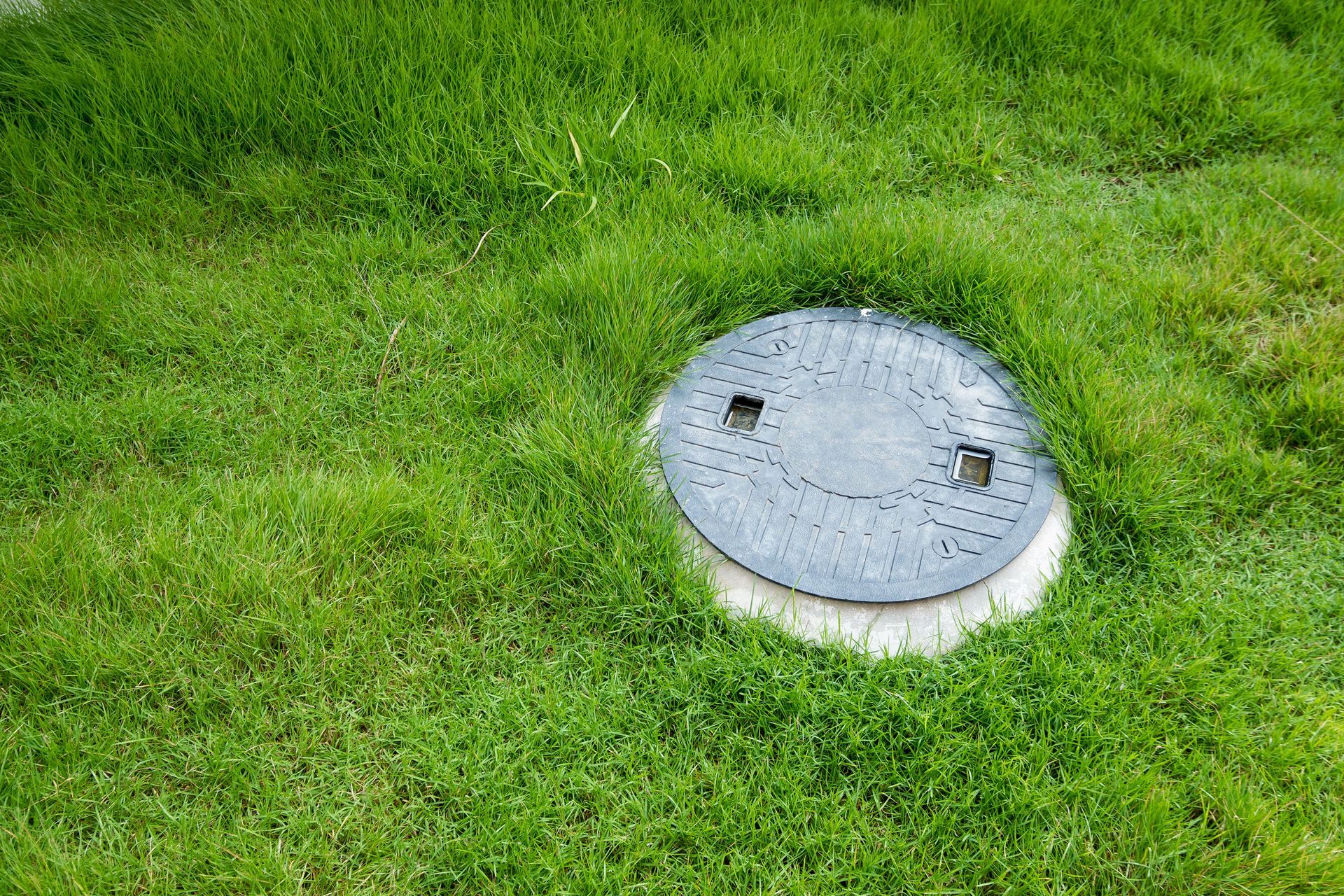
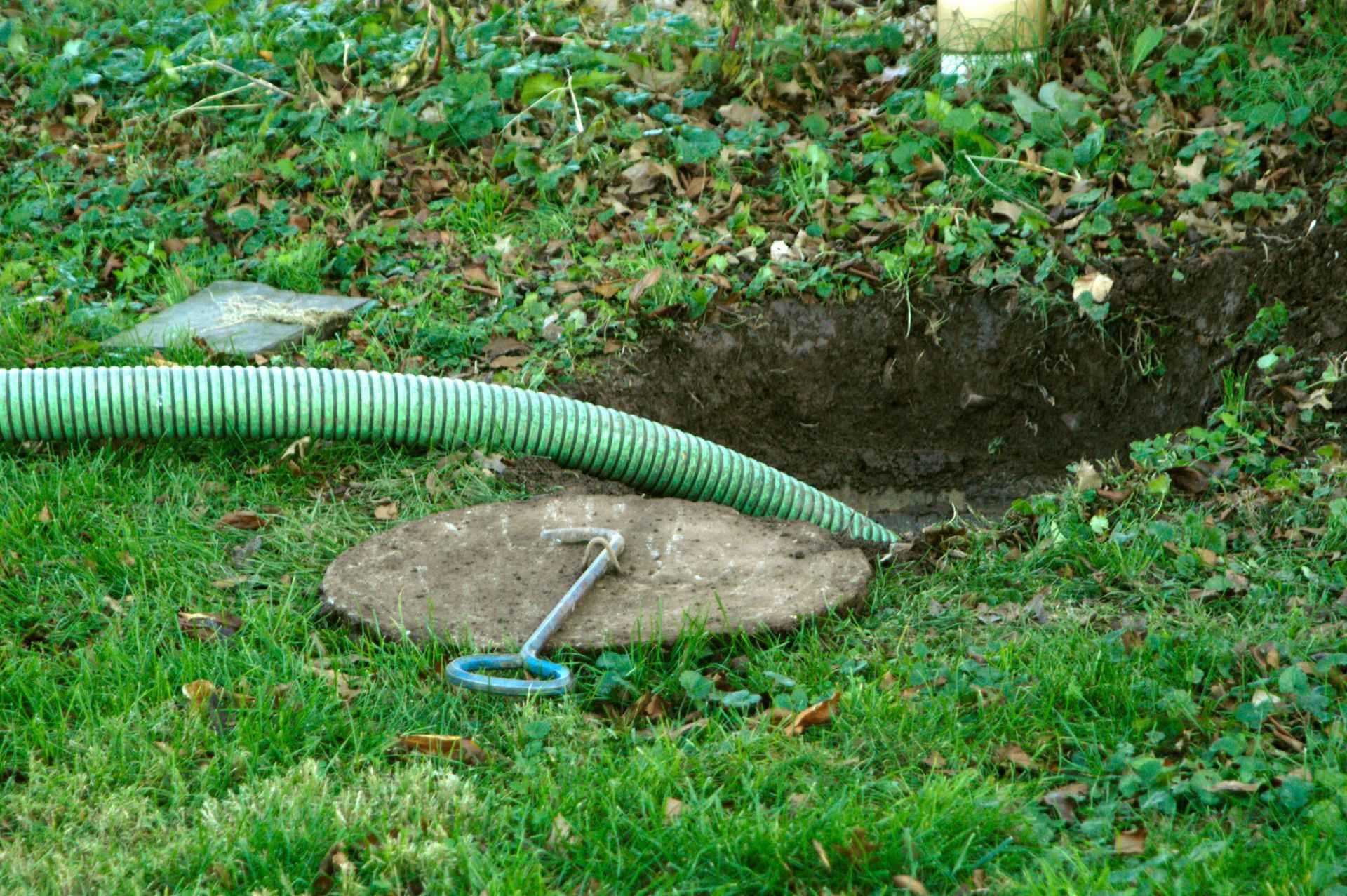
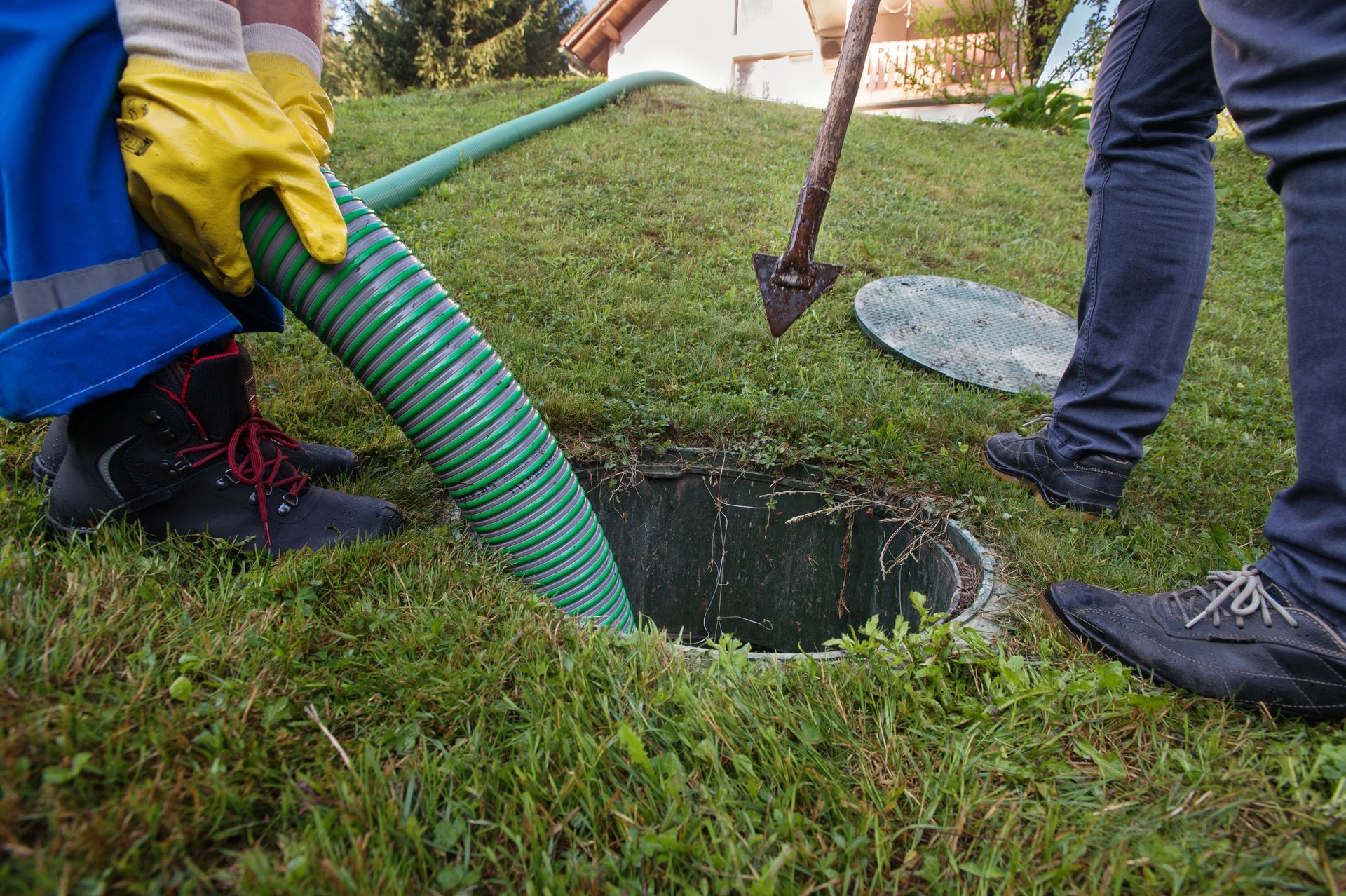
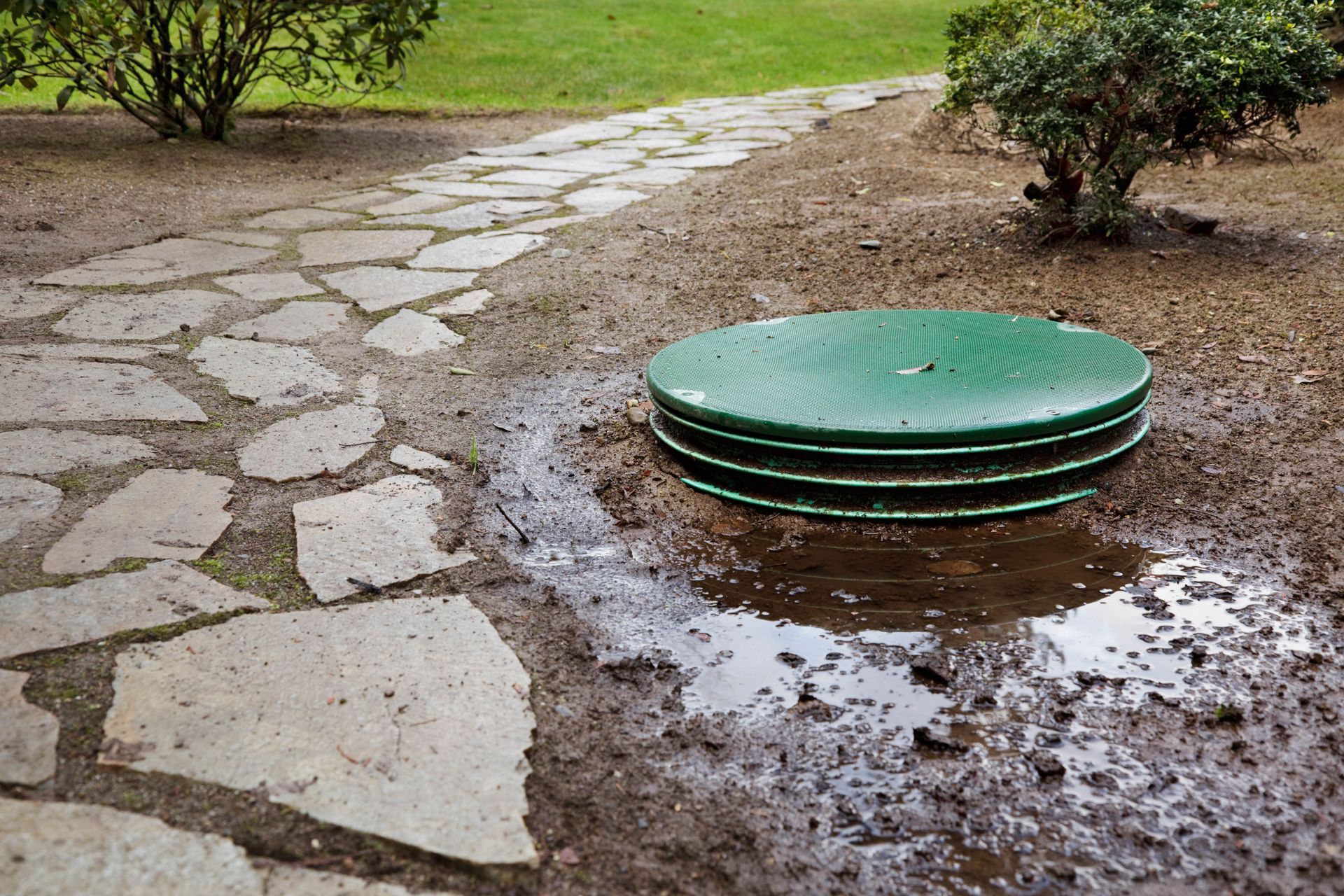
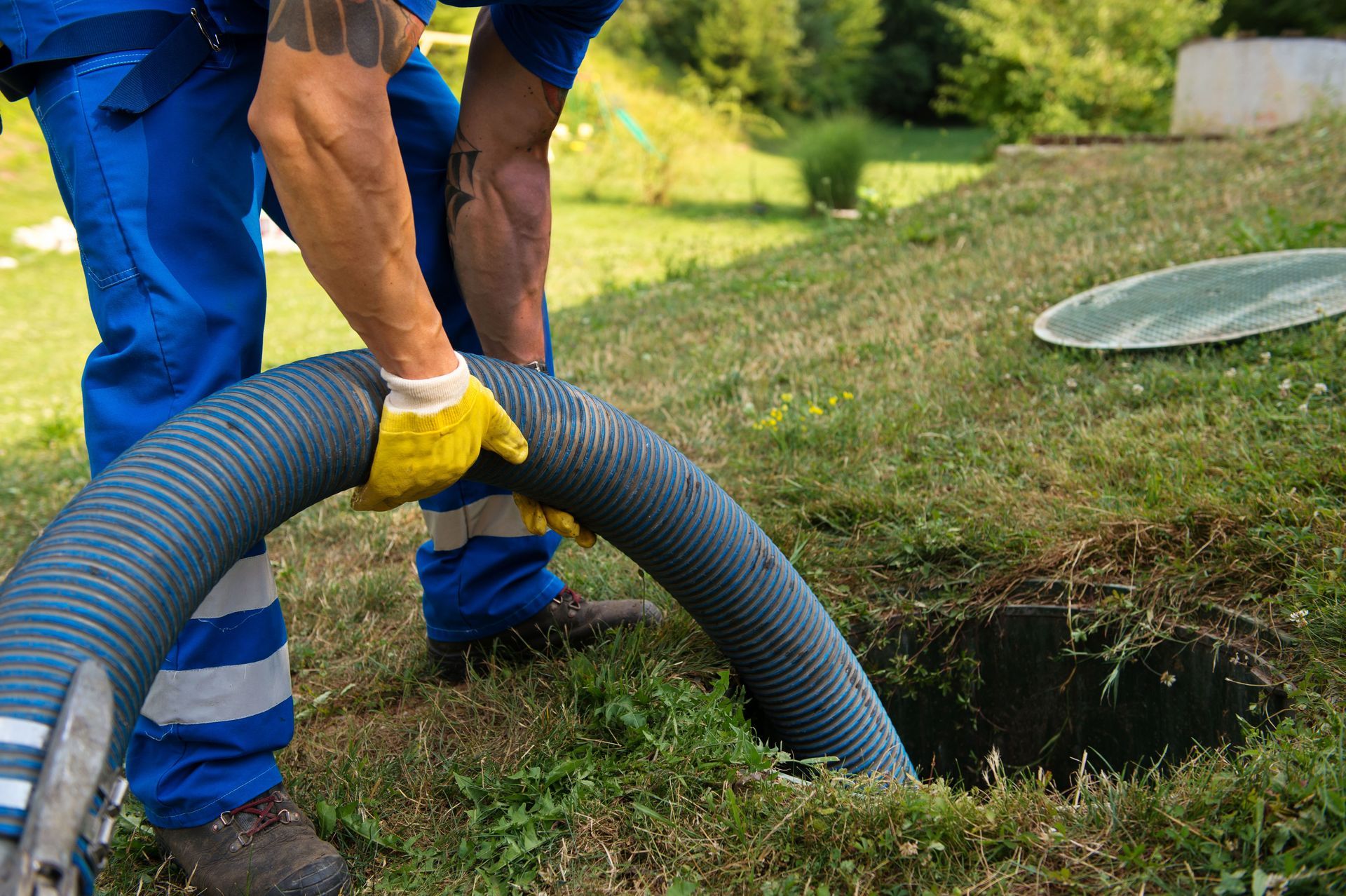
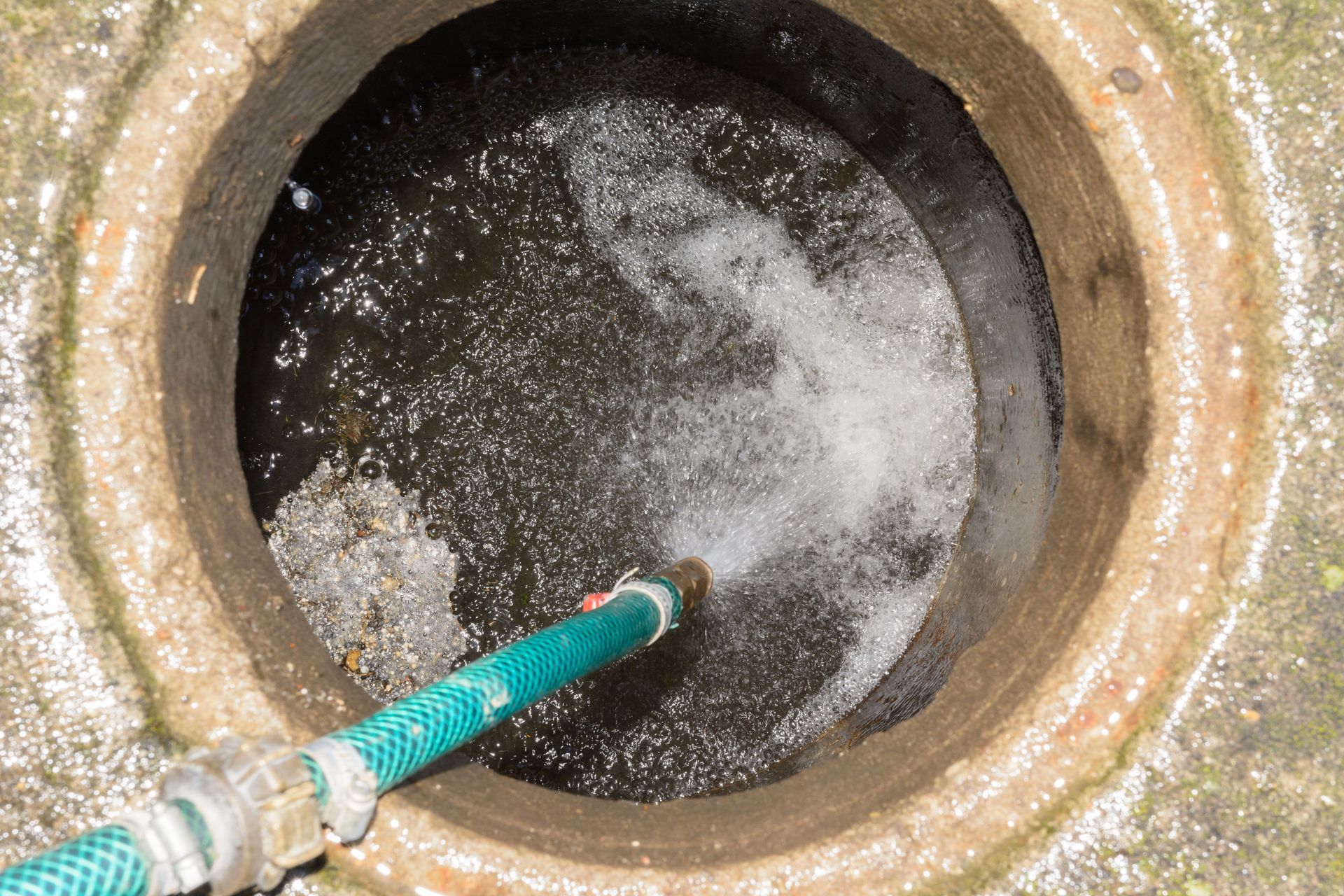
Share On: